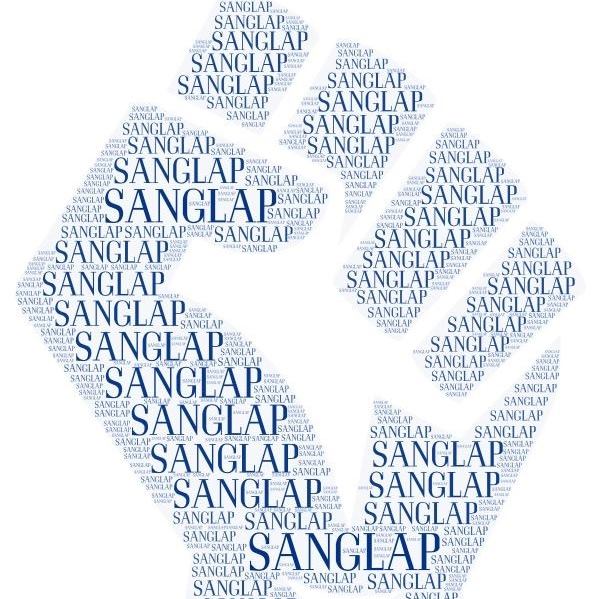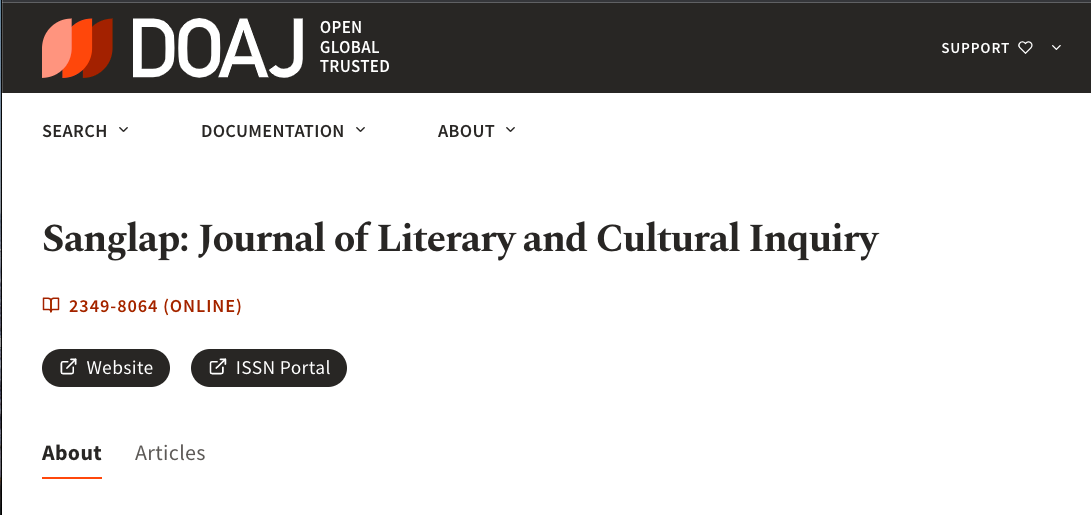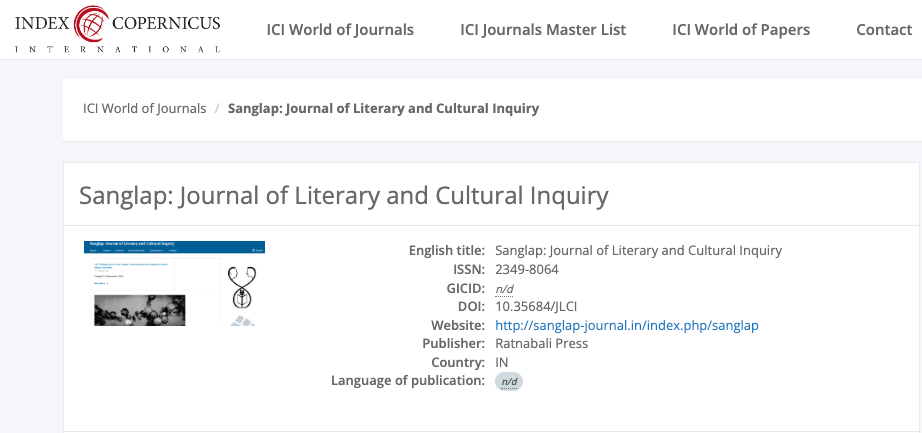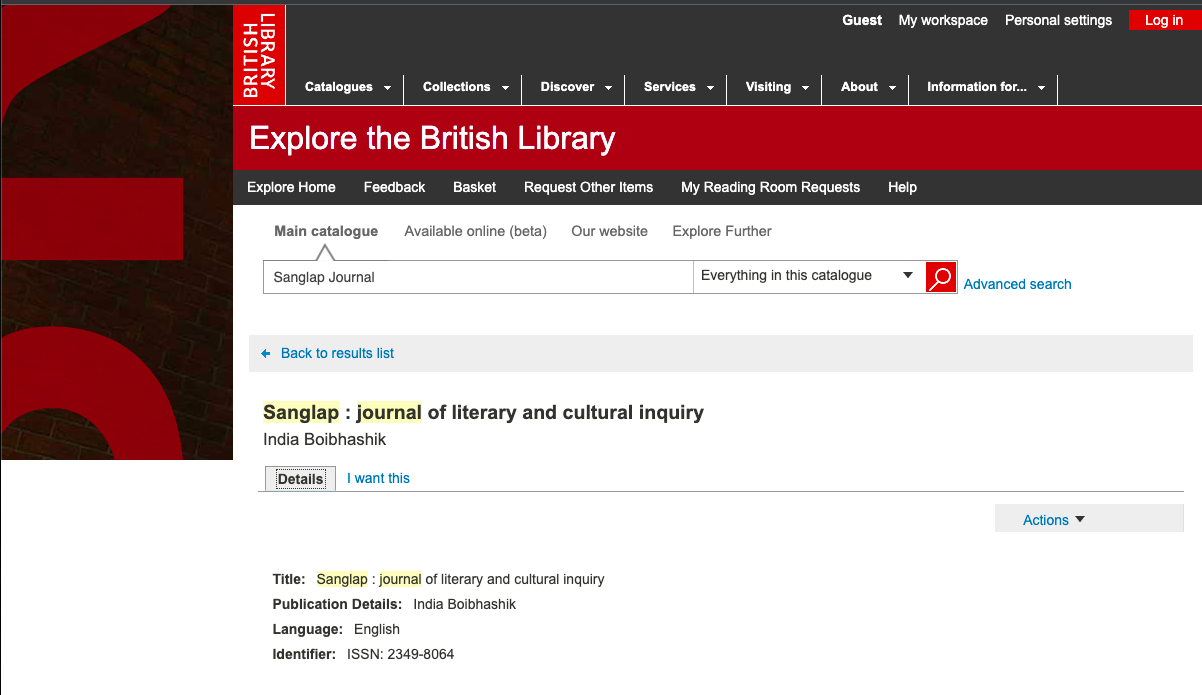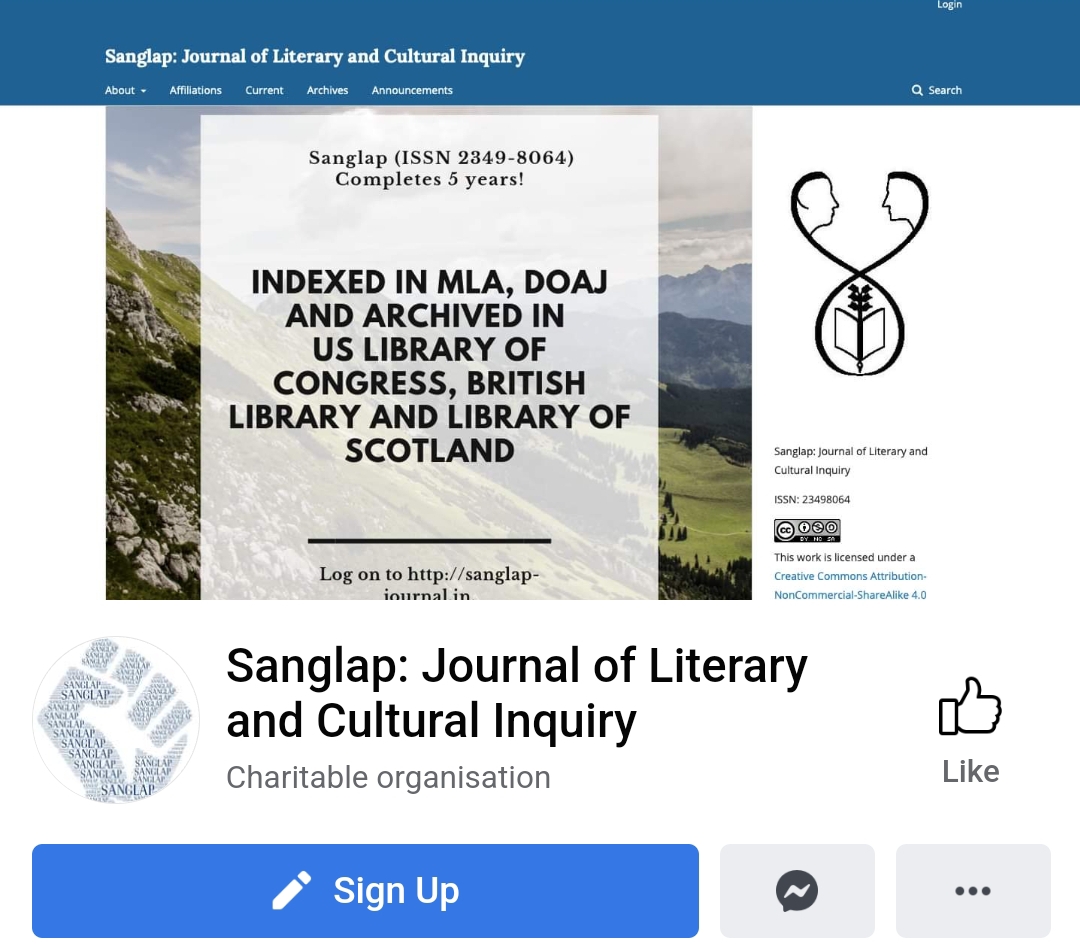Exploring the Interactions between Sexuality, Law and Gender in Early India:
A Case Study of the Mānavadharmaśāstra
Keywords:
Sexuality, early India, gender, law, ethicsAbstract
This paper seeks to analyse and decode the numerous precepts/legal codes on sexual crimes and their respective punishments, as gleaned from the Mānavadharmaśāstra. The central concern is to delve upon the manner in which the three important categories of Sexuality, Gender and Law/ethics intersected with each other, and what does a combined analysis of these manifest, regarding the socio-cultural system of Early India. A close reading of the text reveals that before the prescription of punishments for crimes like adultery, male sexual assault and female sexual assault, its composer Manu takes into due consideration both the offender and the victim’s caste, class, gender, and other important categories, like, mental and physical condition, age, frequency of the crime, etc. In fact, the present study reveals that these categories have a direct bearing on the public and private nature of repentance, or the penance (prāyaścitta) and punishment (daṇḍa) binary. However, the very idea of criminalizing sexual activities, even where the consent (anumati) of the participating individuals is involved, something we find extensively in the Mānavadharmaśāstra, points towards a larger aim, which in my understanding was an attempt to control the sexual desire of the populace at large, and impose psychological control or ‘self-censorship’. A closer reading of the text reveals that unbridled sexual activity was discouraged even within the socially and ritually sanctified institution of marriage. And while legal techniques were employed to control sexual interactions outside marriage, a range of social solutions or norms were prescribed to encourage and convince people of the benefits of exercising self-control over their desires. A gendered reading is therefore bound to offer some fresh insights on the socio-psychological and legal aspects at work in the construction and representation of sexuality in the Mānavadharmaśāstra.

